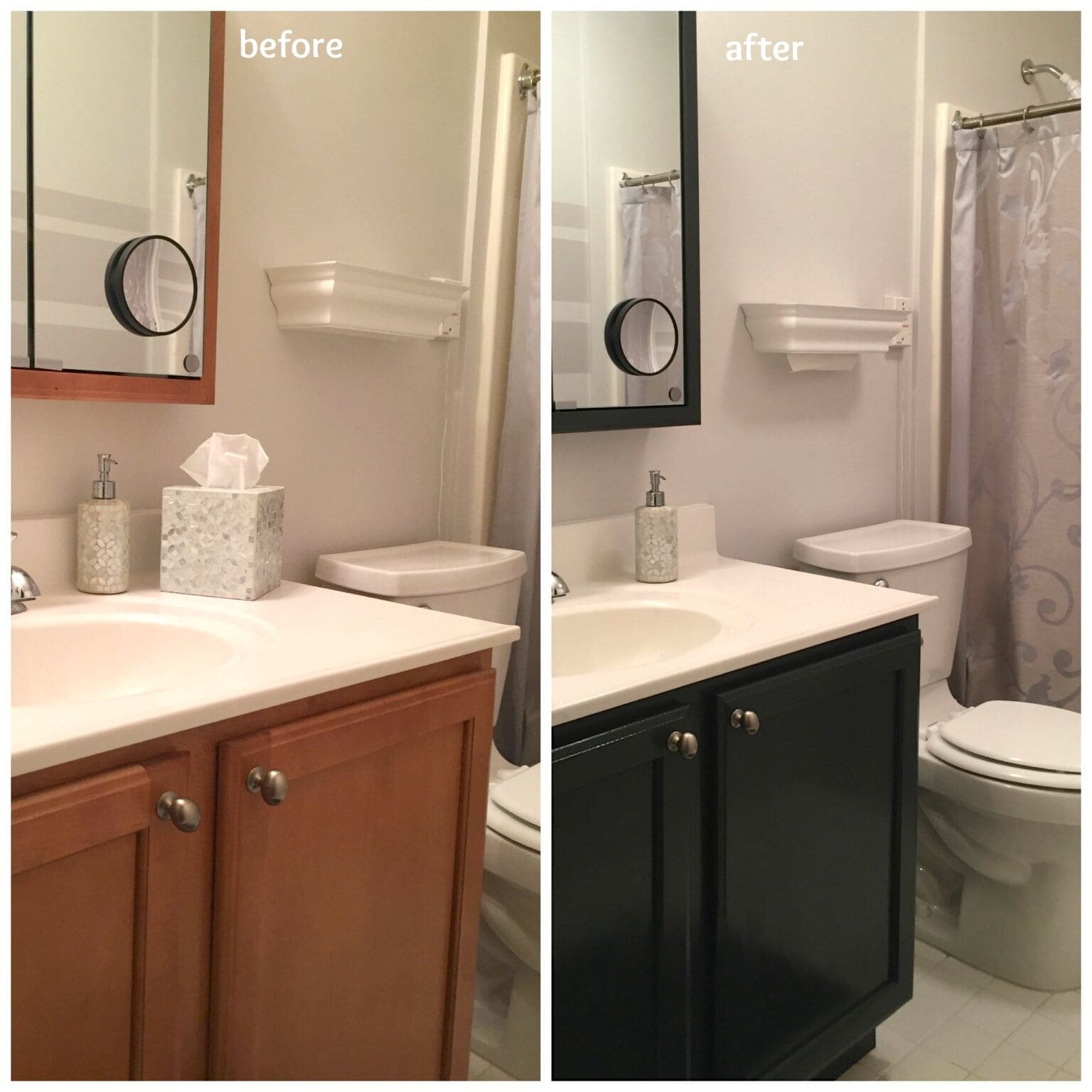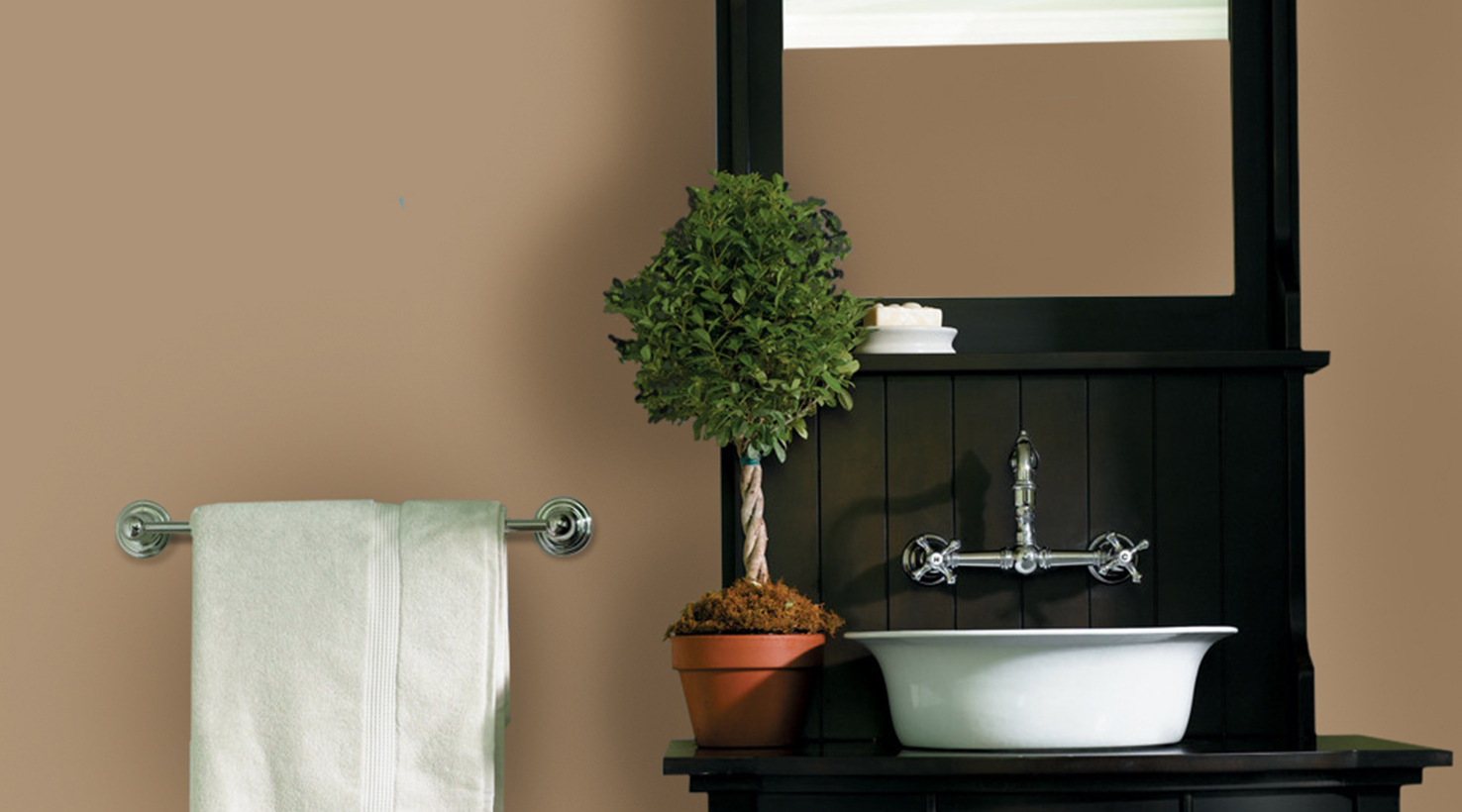The Psychology of Brown in Bathroom Design

Brown, a color often associated with nature, warmth, and relaxation, can have a profound impact on the atmosphere of a bathroom space. Its earthy tones can evoke feelings of tranquility and grounding, creating a sanctuary where one can escape the stresses of daily life.
The Emotional Impact of Brown
The emotional impact of brown in bathroom design is multifaceted, influenced by its association with nature, warmth, and relaxation. Brown’s connection to the earth creates a sense of grounding and stability, fostering feelings of security and comfort. This connection to nature also promotes a sense of tranquility and peace, allowing individuals to unwind and de-stress in their bathroom space. Furthermore, brown’s warm tones can create a feeling of coziness and intimacy, making the bathroom a welcoming and inviting space.
The Influence of Different Brown Shades
Different shades of brown can evoke distinct emotions and create diverse atmospheres in a bathroom. Rich, deep browns, such as chocolate or mahogany, convey a sense of luxury and sophistication. These darker hues can create a dramatic and elegant ambiance, ideal for a spa-like experience. On the other hand, lighter browns, such as beige or taupe, exude a sense of calm and serenity. These earthy tones create a tranquil and relaxing environment, promoting a sense of peace and well-being.
Comparing Brown to Other Popular Bathroom Colors, Painting a bathroom brown
While brown is a popular choice for bathroom design, it’s important to compare its impact with other commonly used colors. White, often associated with cleanliness and purity, can create a sterile and impersonal atmosphere. Gray, while modern and versatile, can sometimes feel cold and uninviting. Blue, often linked to calmness and tranquility, can create a serene and relaxing environment but may also feel too clinical for some. Brown, with its natural warmth and earthy tones, offers a unique balance between sophistication, tranquility, and coziness, creating a bathroom space that feels both luxurious and inviting.
Practical Considerations for Painting a Bathroom Brown
Painting a bathroom brown can create a warm and inviting atmosphere, but it’s essential to consider practical aspects to ensure the space feels comfortable and visually appealing. Choosing the right shade, understanding the pros and cons, and incorporating brown effectively are key to achieving a successful design.
Choosing the Right Shade of Brown
The choice of brown shade significantly impacts the overall ambiance of a bathroom. Light browns, like beige or tan, create a bright and airy feel, while darker browns, like chocolate or espresso, can make a space feel more intimate and luxurious.
- Lighting: Natural light enhances lighter browns, while darker shades can appear richer in low-light conditions. Consider the amount of natural light your bathroom receives and choose a shade accordingly.
- Size: Darker browns can make a small bathroom feel smaller, while lighter browns can help open up a compact space. Use a lighter brown for smaller bathrooms to create a sense of spaciousness.
- Personal Preferences: Ultimately, the best shade is one that aligns with your personal style and preferences. Experiment with different samples on your walls to see how they appear in your bathroom’s lighting conditions.
Pros and Cons of Using Brown Paint in a Bathroom
Brown paint offers a range of advantages and disadvantages when used in a bathroom.
- Pros:
- Warm and Inviting Atmosphere: Brown creates a cozy and welcoming ambiance, making the bathroom feel like a sanctuary.
- Versatile Color: Brown complements a wide range of other colors, allowing for diverse design possibilities.
- Timeless and Elegant: Brown is a classic color that never goes out of style, adding a touch of sophistication to the bathroom.
- Cons:
- Can Make the Space Feel Smaller: Darker shades of brown can visually shrink a bathroom, especially if it’s already small.
- Can Appear Dull or Monotonous: Overuse of brown without contrasting colors can make the bathroom feel dull and lackluster.
Incorporating Brown into a Bathroom Design
Using brown effectively involves balancing its warm tones with other colors and textures.
- Accent Color: Brown can be used as an accent color to create a focal point, such as on a single wall, vanity, or shower stall.
- Complementary Colors: Pairing brown with complementary colors like beige, cream, or green can enhance its warmth and create a harmonious design.
- Textures: Incorporating different textures, such as wood, stone, or tile, can add visual interest and break up the monotony of a brown-painted space.
Inspiration and Examples of Brown Bathrooms

Brown is a versatile color that can be used to create a wide range of bathroom styles, from modern and minimalist to traditional and farmhouse. It’s important to consider the shade of brown you choose, as well as the other design elements in the room, to achieve the desired look.
Examples of Brown Bathroom Styles
The following table showcases different brown bathroom styles, with examples of color palettes, materials, and design elements:
| Style | Color Palette | Materials | Design Elements |
|---|---|---|---|
| Modern | Deep browns, charcoal grays, white, black | Natural stone, polished concrete, chrome fixtures | Sleek lines, minimalist design, geometric patterns |
| Traditional | Warm browns, cream, beige, gold | Wood paneling, marble, brass fixtures | Ornate details, classic moldings, traditional lighting |
| Farmhouse | Rustic browns, white, gray, blue | Reclaimed wood, farmhouse sink, weathered stone | Open shelving, distressed finishes, vintage accents |
| Minimalist | Light browns, white, gray, black | Simple materials, clean lines, natural textures | Minimal decor, open space, functional design |
